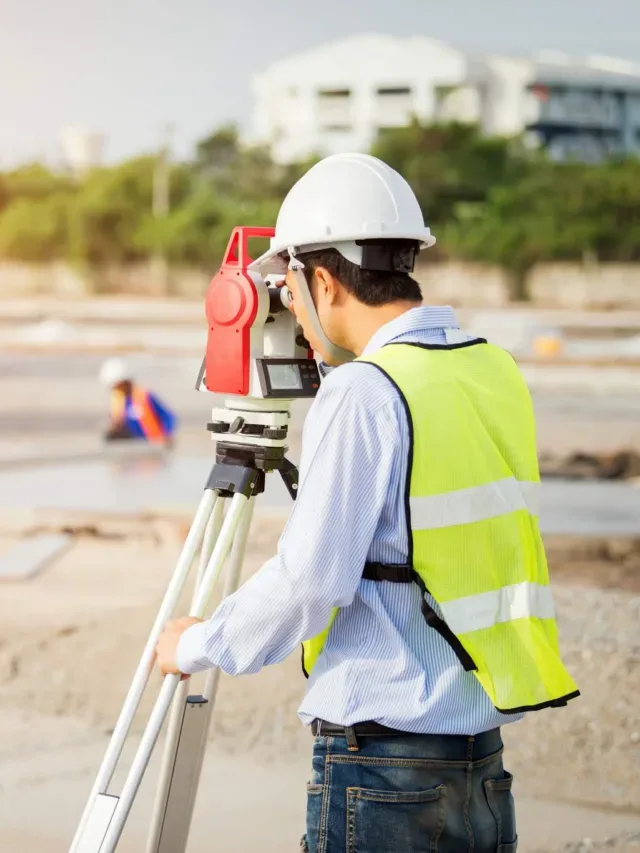Development length and Lap length

Development length and Lap length addresses the length of the bar needed to transfer the stresses to the other bar whereas Development length addresses the length of the bar needed to transfer the stresses to the concrete.
Development length
Usually at the end of the section where you have forces in the bar, you need to make sure that bar pullout failure doesn’t happen. In order to resist forces in rebar it has to be embedded in concrete.
A development length is the amount of rebar length that is needed to be embedded or projected into concrete to create a desired bond strength between the two materials and also to develop required stress in steel at that section.
In the example below we require development length of 10db at the end of the section so that bond between concrete and steel remain continuous. As there is no space at the end of the section bar is bent. Notice that 90 degree configuration is used here more configurations can also be used. For further detail refer to ACI or Indian Standard Development Length section.
Development Length Example
Below is the example of typical Beam-column connection.

Reinforcement in the beam is extended into the column for some distance
{math}(L_d+10 d_a){/math}.
calculated tension or compression reinforcement at each section of a R-C member is developed on each side of that section by hooks or embeded length or mechanical devices.
If the restraining concrete section is comparatively thin can not withheld the position of highly stressed bars then development is provided. Thus to avoid splitting of bars from concrete.
This extra embedment length provided is called as development length. Basic purpose is to provide fixed support to the bars.
Hooks are not provided in compression reinforcement. Where there is no space for extra length, hooks are provided for restraints.
Lap Length
Lap length is provided when you require tension reinforcement but the length of the bar is not sufficient to continue through the entire member, for example columns. Now, columns are typically 100′ tall. Neither can we have a 100′ long bar, nor is it easy or possible to cage, so we tend to cut bars to every 2 story. Now, at the location of discontinuity we want the tension forces to transfer from one piece of bar to another. So for that we tend to provide second bar near to the one that is discontinued and the amount of overlapping between the two bars is called a lap length.
When the length of reinforcement bar has to be extended in reinforced concrete structural member splicing is used to join two reinforcement bars to transfer the force from one bar to the joining bar.
The forces are transferred from one bar to the other through bonds in concrete. Force is first transferred to the concrete through bond from one bar and then it is transferred to the other bar forming the splice through bond between it and concrete. Thus concrete at the point of splicing is subjected to high shear and splitting stresses which may cause cracks in concrete.

In India, the requirement of reinforcement bar splicing is covered in IS456 cl.25.2.5.
The code also specifies that the splicing of flexural members should not be at sections where the bending moment is more than 50% of the moment of resistance, and not more than 50% of reinforcement bars should be spliced at any given section. Development length and Lap length
Read More Foundation Structural Design









